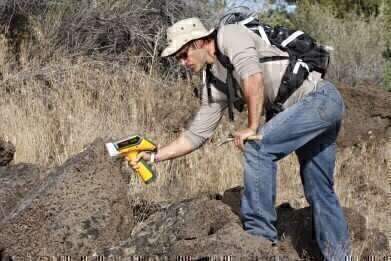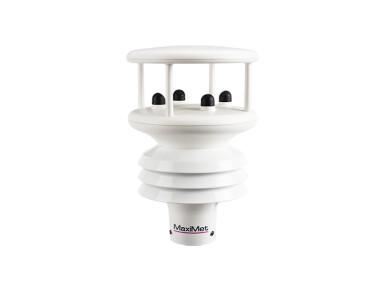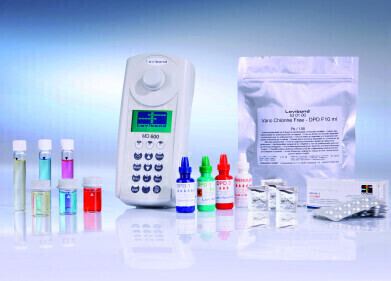Portable & field testing
Cleaning Up The Mess – Soil Analysis at Metal Manufacturing Sites
Nov 11 2015
As part of an effort to move energy-intensive, polluting, heavy-industries out of Beijing and other large cities across China, nearly 200 chemical, coking, and steel works were relocated out of the Chinese capital ahead of the 2008 Summer Olympics. This trend continues today as the poor air quality and traffic congestion continue to plague the city.
Steel companies play a special role, as the production of steel and iron have a substantial impact on the environment (air, water, and soil). Steel making involves a wide variety of processes, many of which generate a series of pollutants. Whether it is through material handling, coking operations, blast furnace operations, casting processes, oxygen blow processes, electric steel making, or the production of semi-finished steel products, pollutants are generated and discharged in significant quantities. As a result, many of these pollutants may find themselves in the surrounding soil in land that could be later used for residential or commercial purposes, once a steel manufacturer is relocated. The impact on human health and on the food chain can be substantial. According to a survey published by the Ministry of Environmental Protection in April, 19.3% of samples taken from Chinese farmland showed excessive levels of heavy metals or chemical waste in them. In central Hunan province, government research revealed that more than three quarters of its rice fields had been contaminated.
Therefore, it is necessary to detect the composition and content of pollutants in the soils abandoned by steel manufacturers.
X-ray fluorescence is a technique capable of delivering fast and accurate elemental analysis results, with little or no sample preparation in various types of samples, including soils and sediments. Thermo Scientific™ Niton™ XL3t and Niton™ XL2 Series handheld analysers and the Niton FXL field x-ray lab bring transformative improvements related to data acquisition time, offer excellent limits of detection (LODs), provide accurate results over a wide range of samples, and can test more than 30 heavy metal elements including Pb, As, Hg, Cr and Cd.
In one example, one of China’s largest steel and iron manufacturing companies deployed Niton portable XRF analysers, in order to determine the heavy metal contamination level on its operation sites. Using the Niton portable XRF XL3t 960 model, the company conducted direct on-site measurements as well as screenings to determine the type and concentration of heavy metals in the polluted soils. By performing the screening operation the company was able to save time and money by limiting the number of samples that needed to be sent to an external lab for further verification. Samples that were sent for additional lab verification by means of ICP, indeed confirmed that lead was the main source of pollution and that the portable XRF results were within acceptable margins found by ICP. The correlation coefficients and repeatability data for heavy metals demonstrated excellent accuracy and precision of the handheld Niton product line, indicating that portable XRF is an ideal tool for fast, on-site, heavy metal testing for soils. The instant chemistry it provides allows the user to make immediate on-site decisions, contributing to higher efficiency and productivity.
Digital Edition
AET 28.4 Oct/Nov 2024
November 2024
Gas Detection - Go from lagging to leading: why investment in gas detection makes sense Air Monitoring - Swirl and vortex meters will aid green hydrogen production - Beyond the Stack: Emi...
View all digital editions
Events
Jan 12 2025 Abu Dhabi, UAE
Jan 14 2025 Abu Dhabi, UAE
Jan 20 2025 San Diego, CA, USA
Carrefour des Gestions Locales de L'eau
Jan 22 2025 Rennes, France
Safety, Health & Wellbeing LIVE
Jan 22 2025 Manchester, UK



















